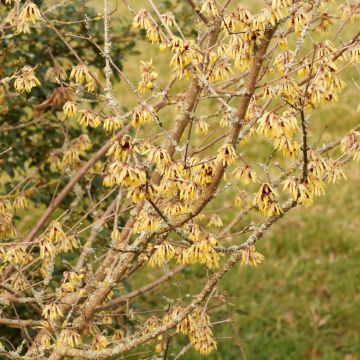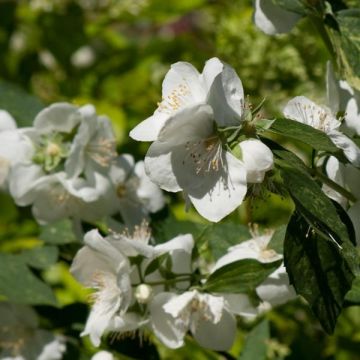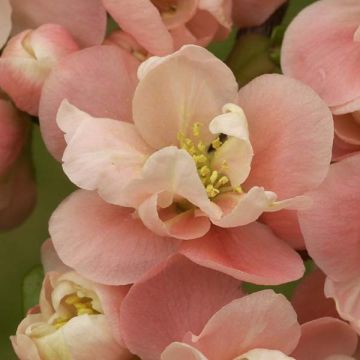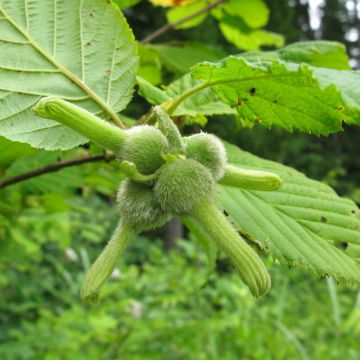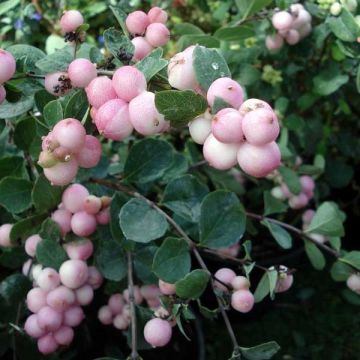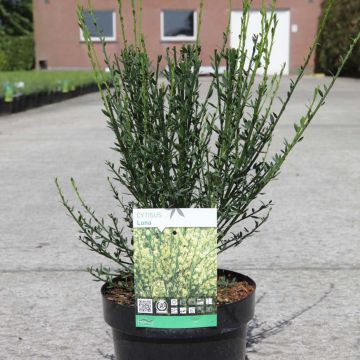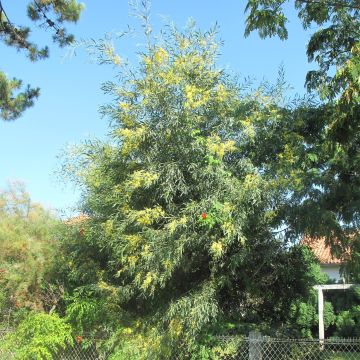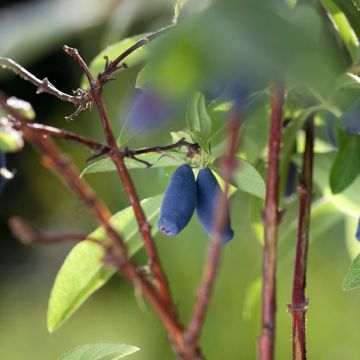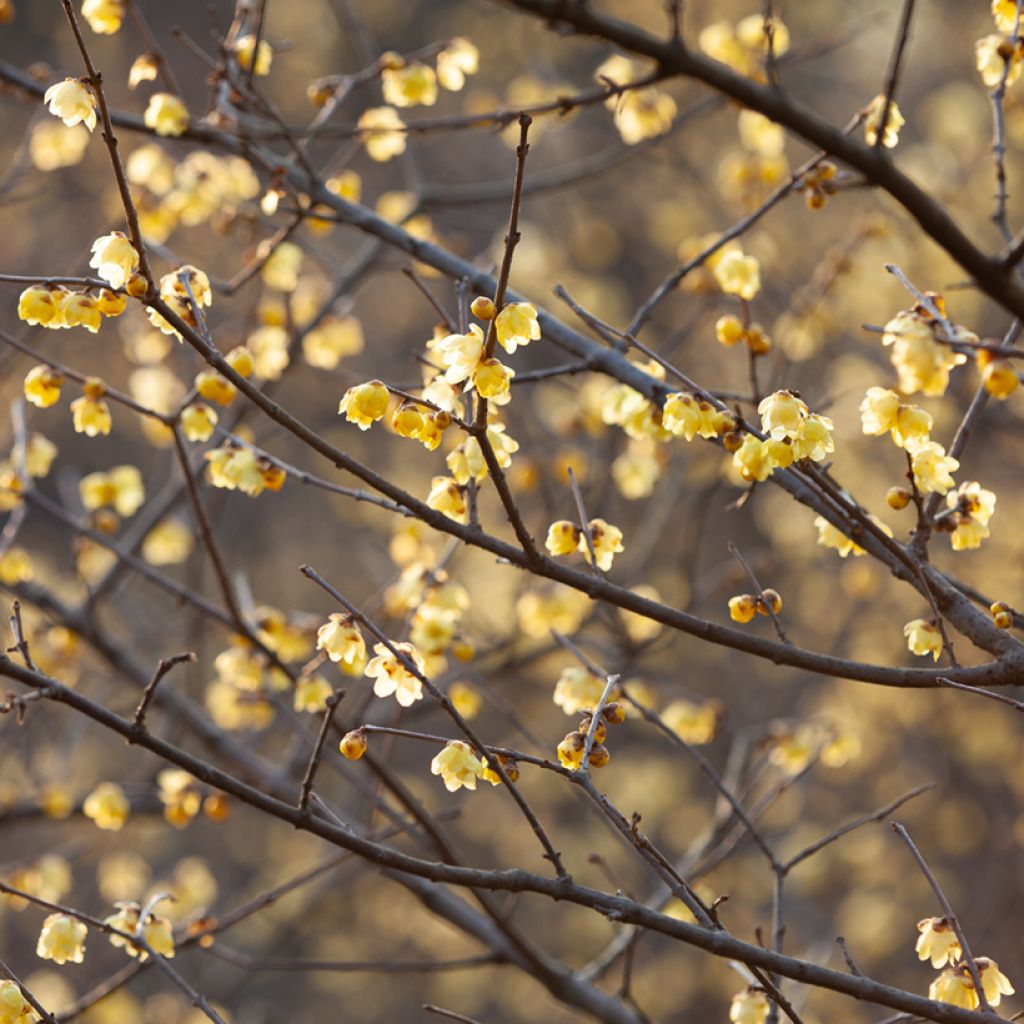

Chimonanthus praecox
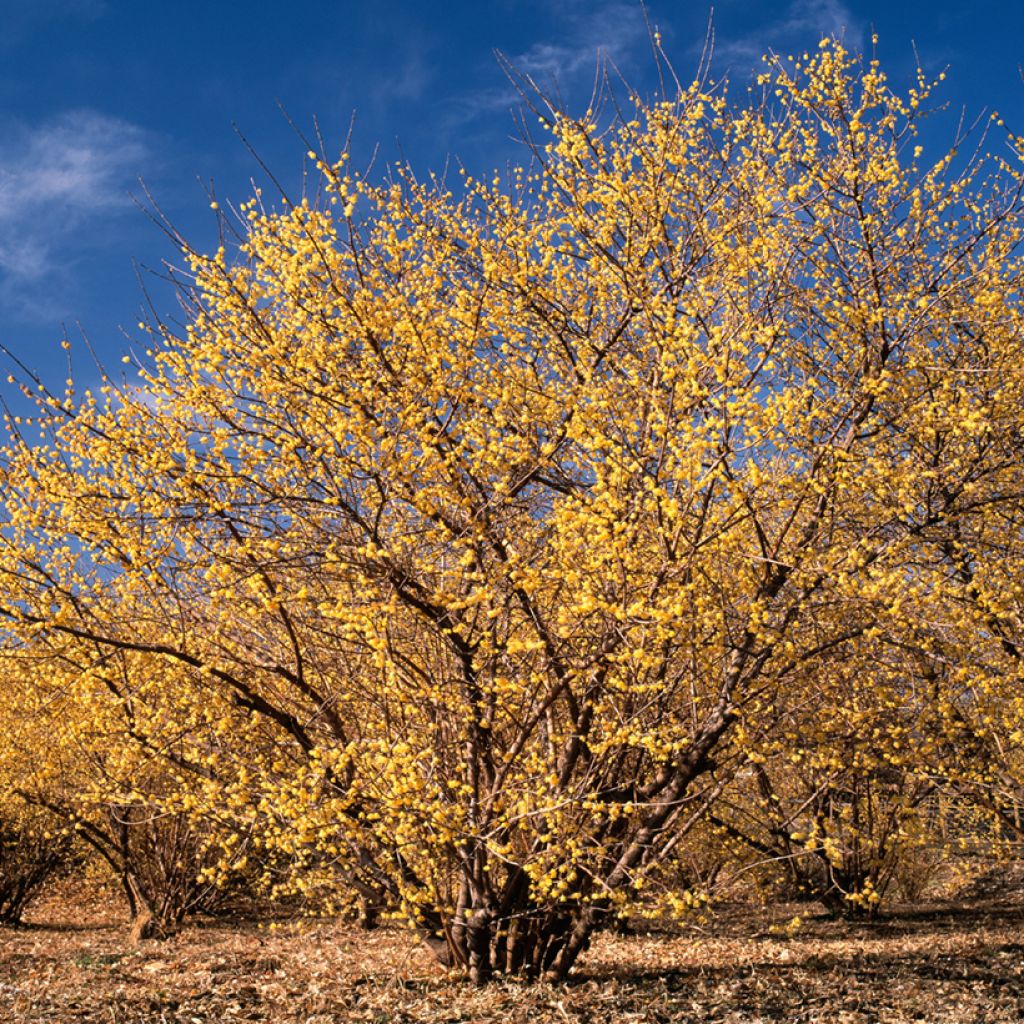

Chimonanthus praecox
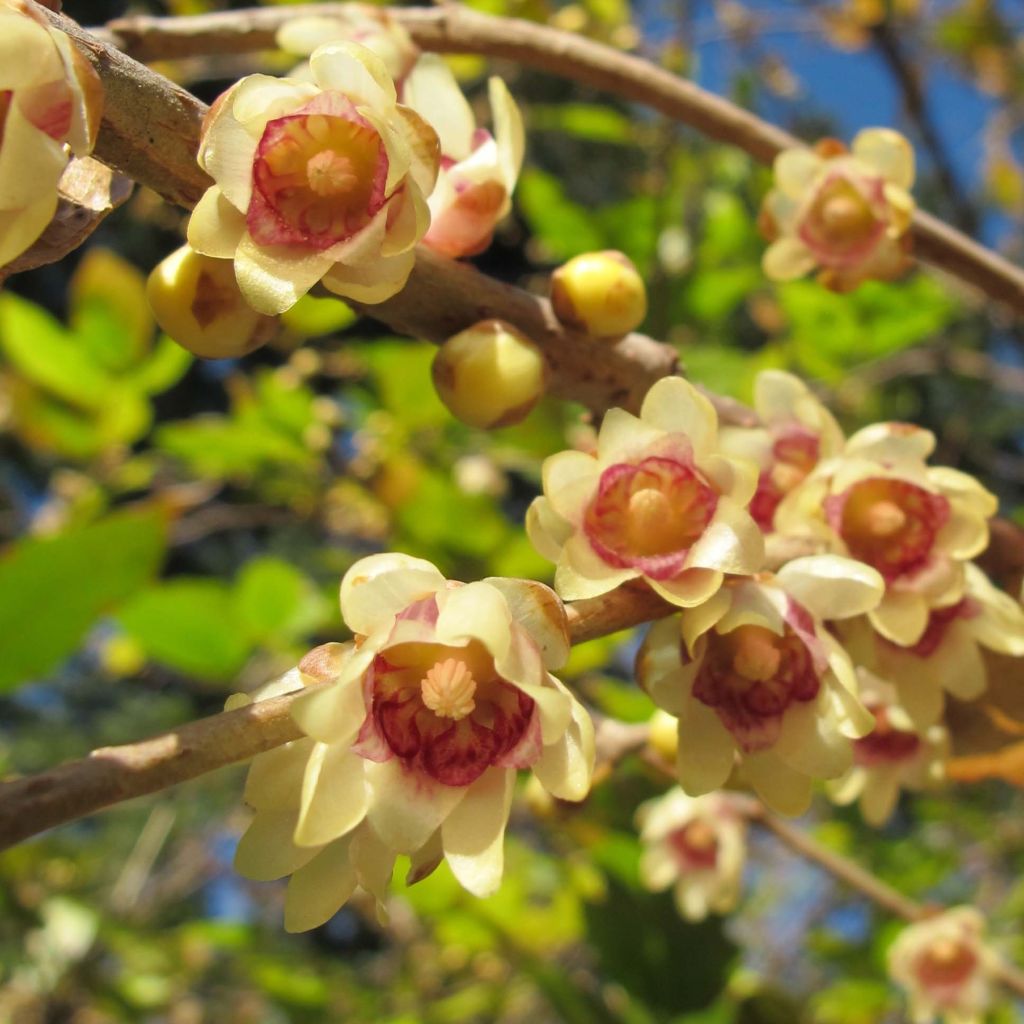

Chimonanthus praecox
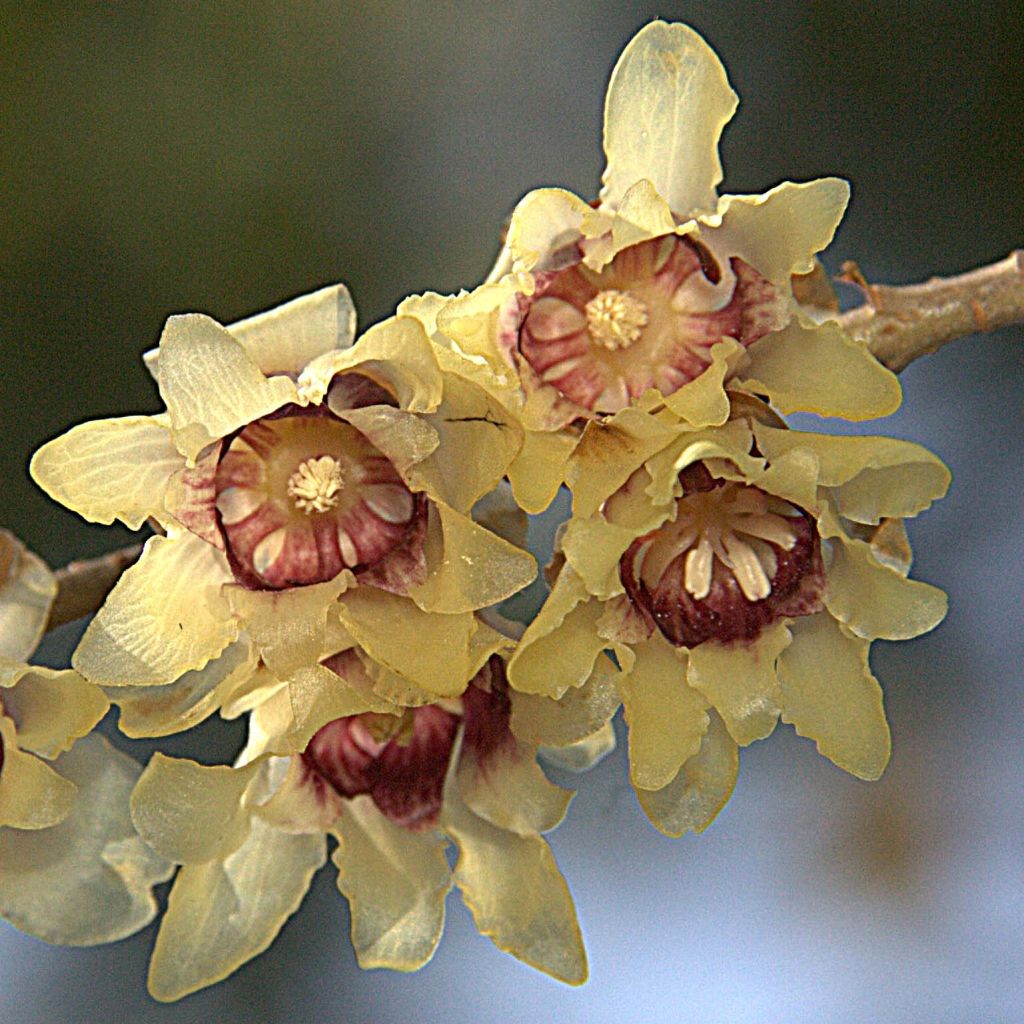

Chimonanthus praecox
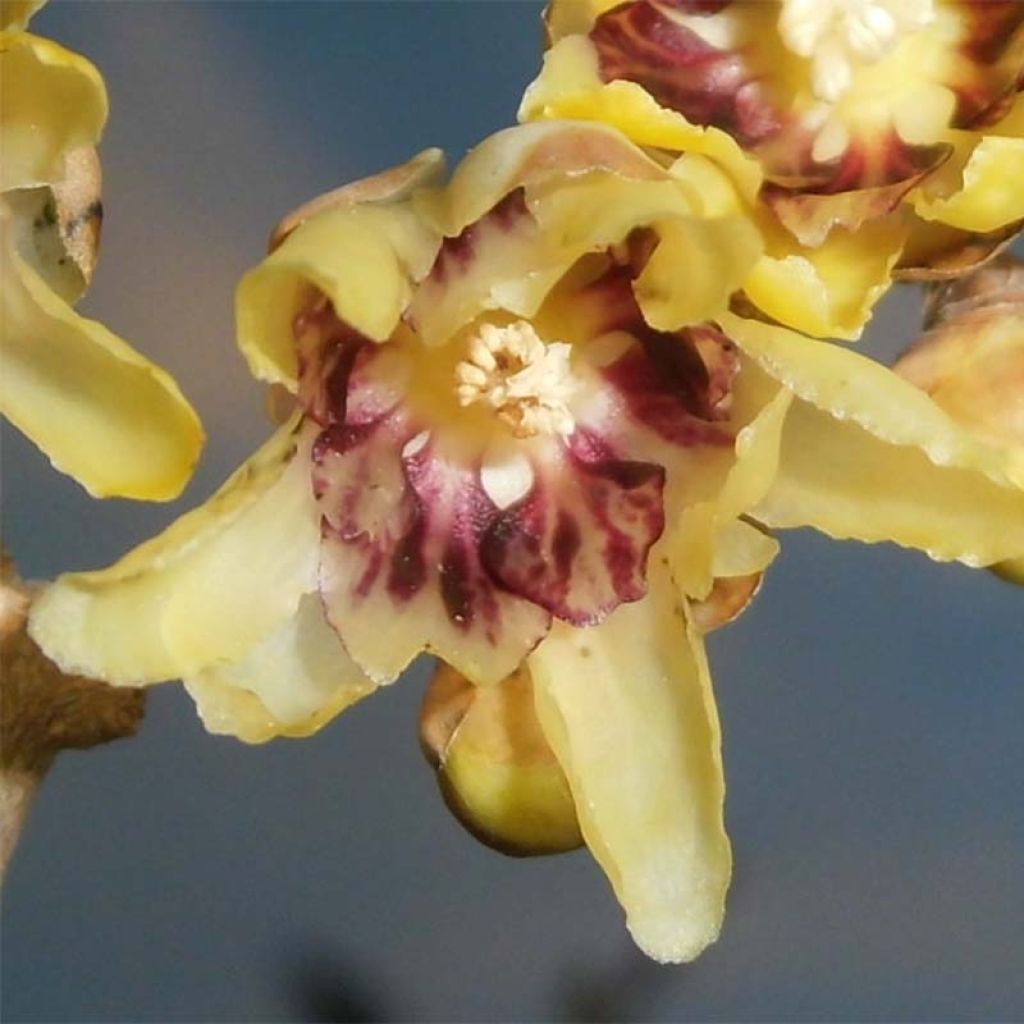

Chimonanthus praecox
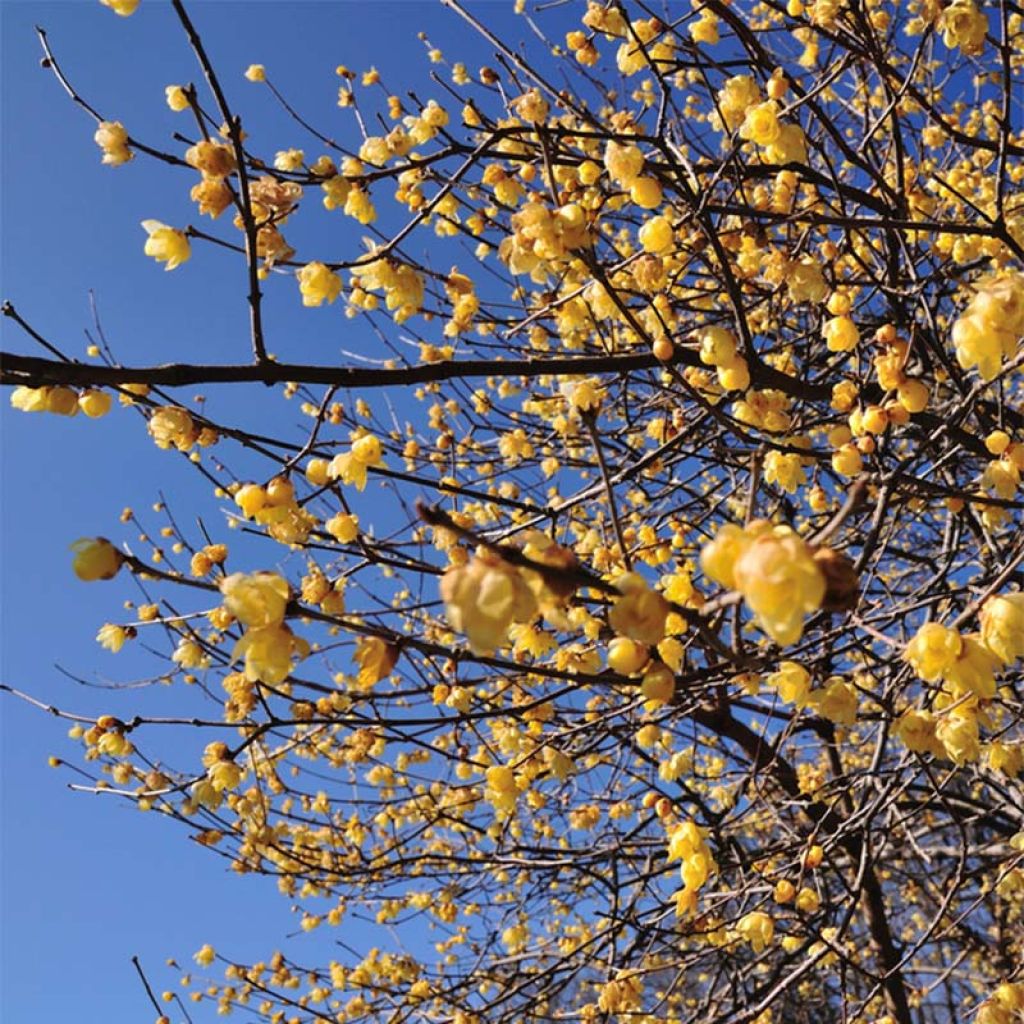

Chimonanthus praecox
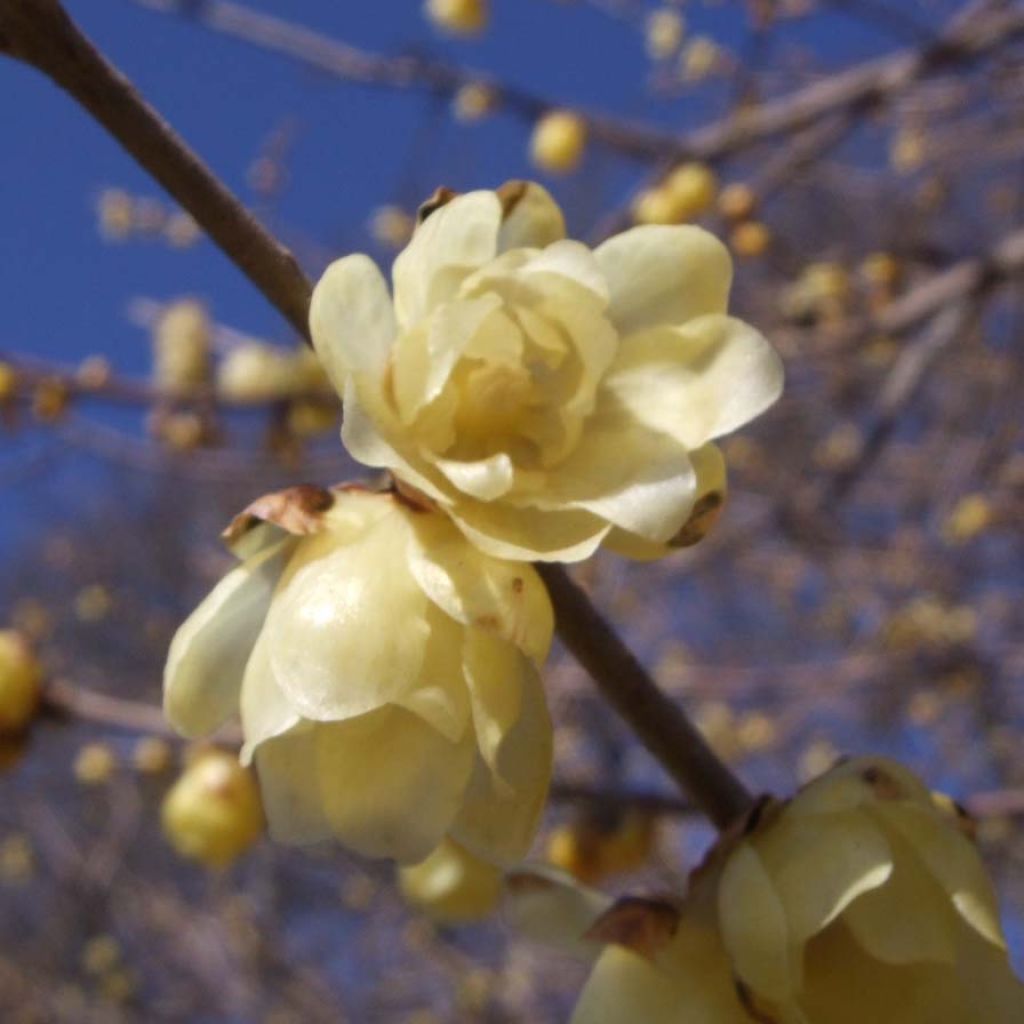

Chimonanthus praecox
Chimonanthus praecox
Chimonanthus praecox
Wintersweet
This item cannot be shipped to the selected country
Oversize package delivery charge from €6.90
Delivery charge from €5.90
Delivery to Corse prohibited
More information
Schedule delivery date,
and select date in basket
This plant carries a 24 months recovery warranty
More information
We guarantee the quality of our plants for a full growing cycle, and will replace at our expense any plant that fails to recover under normal climatic and planting conditions.
Oversize package: home delivery by special carrier from €6.90 per order..
Express home delivery from €8.90.
From €5.90 for pickup delivery and €6.90 for home delivery
Express home delivery from €8.90.
Delivery to Corse prohibited: UE law prohibits the import of this plant from mainland France to Corse as part of the fight against Xylella fastidiosa. Please accept our sincere apologies.
More information

Does this plant fit my garden?
Set up your Plantfit profile →
Description
Chimonanthus praecox flowers in the heart of winter, when pendulous bells of light yellow wax and deep red stamens bloom on its bare branches. The flowers are highly fragrant, with an extraordinary hyacinth aroma. In addition to these ornamental qualities, it is very easy to grow in any well-prepared soil. Place it near a pathway or not far from the house, preferably in a backlit position to be illuminated by the sun.
Chimonanthus praecox belongs to the Calycanthaceae family. It is native to mountain areas of China and Korea, where it grows at altitudes between 500 m and 1100 m (1640 ft to 3609 ft). While it prefers oceanic climates that are mild and humid, it has few requirements and also performs very well in more challenging climates. The bush, which grows quite slowly, forms a copse of stiff and angular stems, reaching a height of 1.5 m to 2 m (4.9 ft to 6.6 ft) with a spread of 1 m to 2 m (3.3 ft to 6.6 ft). Its flowering occurs between November and March, depending on the mildness of the climate, and sometimes even under the snow. Its pendulous flowers, 2 cm to 3 cm (1 in to 1.2 in) wide, are pale-yellow with a deep red centre and base, exuding a sweet fragrance reminiscent of hyacinth with a touch of honey. They are followed by the formation of brown urn-shaped fruits containing mobile seeds. The deciduous foliage is composed of large ovate to lanceolate, shiny, medium green leaves, measuring 12 cm to 15 cm (4.7 in to 5.9 in) in length. They turn yellow before falling in autumn.
Place it near a pathway, at the corner of a flowerbed, close to an entrance, or train it against a wall to fully enjoy its fragrance in winter. As it is not demanding, you can plant it in both acidic and more alkaline soils, even quite dry in summer. For example, plant it with Sarcococcas, Autumn Camellias, or Cornus mas. Its slow growth allows it to be grown in a large container near the house to enjoy its unique charm in winter. The flowering branches make lovely winter bouquets, accompanied by branches of witch hazel, forsythia, or Japanese cherry trees whose branches can be forced in a vase.
Report an error about the product description
Chimonanthus praecox in pictures




Plant habit
Flowering
Foliage
Botanical data
Chimonanthus
praecox
Berberidaceae
Wintersweet
China
Other Chimonanthus
Planting and care
Plant in a sunny or partially shaded position, protected from winds, against a south or west-facing wall, for example in a cold climate. It accepts all types of well-prepared soils, but prefers neutral or slightly alkaline soils, deep, loose, and well-drained. Hardy up to -15° C (5° F), it is preferable to plant it in a sheltered location for a beautiful flowering. Once well-rooted in deep soil, it can do without watering. It can be grown in a large pot (by regularly pruning it), but it is preferable to plant it in the ground. Train it or lean it against bushes in a flower bed or a free hedge. You will enjoy its exceptional fragrance better if it is planted near the house. With slow growth, it requires patience and generally only blooms several seasons after planting.
Planting period
Intended location
Care
-
, onOrder confirmed
Reply from on Promesse de fleurs
Hedge shrubs
Haven't found what you were looking for?
Hardiness is the lowest winter temperature a plant can endure without suffering serious damage or even dying. However, hardiness is affected by location (a sheltered area, such as a patio), protection (winter cover) and soil type (hardiness is improved by well-drained soil).

Photo Sharing Terms & Conditions
In order to encourage gardeners to interact and share their experiences, Promesse de fleurs offers various media enabling content to be uploaded onto its Site - in particular via the ‘Photo sharing’ module.
The User agrees to refrain from:
- Posting any content that is illegal, prejudicial, insulting, racist, inciteful to hatred, revisionist, contrary to public decency, that infringes on privacy or on the privacy rights of third parties, in particular the publicity rights of persons and goods, intellectual property rights, or the right to privacy.
- Submitting content on behalf of a third party;
- Impersonate the identity of a third party and/or publish any personal information about a third party;
In general, the User undertakes to refrain from any unethical behaviour.
All Content (in particular text, comments, files, images, photos, videos, creative works, etc.), which may be subject to property or intellectual property rights, image or other private rights, shall remain the property of the User, subject to the limited rights granted by the terms of the licence granted by Promesse de fleurs as stated below. Users are at liberty to publish or not to publish such Content on the Site, notably via the ‘Photo Sharing’ facility, and accept that this Content shall be made public and freely accessible, notably on the Internet.
Users further acknowledge, undertake to have ,and guarantee that they hold all necessary rights and permissions to publish such material on the Site, in particular with regard to the legislation in force pertaining to any privacy, property, intellectual property, image, or contractual rights, or rights of any other nature. By publishing such Content on the Site, Users acknowledge accepting full liability as publishers of the Content within the meaning of the law, and grant Promesse de fleurs, free of charge, an inclusive, worldwide licence for the said Content for the entire duration of its publication, including all reproduction, representation, up/downloading, displaying, performing, transmission, and storage rights.
Users also grant permission for their name to be linked to the Content and accept that this link may not always be made available.
By engaging in posting material, Users consent to their Content becoming automatically accessible on the Internet, in particular on other sites and/or blogs and/or web pages of the Promesse de fleurs site, including in particular social pages and the Promesse de fleurs catalogue.
Users may secure the removal of entrusted content free of charge by issuing a simple request via our contact form.
The flowering period indicated on our website applies to countries and regions located in USDA zone 8 (France, the United Kingdom, Ireland, the Netherlands, etc.)
It will vary according to where you live:
- In zones 9 to 10 (Italy, Spain, Greece, etc.), flowering will occur about 2 to 4 weeks earlier.
- In zones 6 to 7 (Germany, Poland, Slovenia, and lower mountainous regions), flowering will be delayed by 2 to 3 weeks.
- In zone 5 (Central Europe, Scandinavia), blooming will be delayed by 3 to 5 weeks.
In temperate climates, pruning of spring-flowering shrubs (forsythia, spireas, etc.) should be done just after flowering.
Pruning of summer-flowering shrubs (Indian Lilac, Perovskia, etc.) can be done in winter or spring.
In cold regions as well as with frost-sensitive plants, avoid pruning too early when severe frosts may still occur.
The planting period indicated on our website applies to countries and regions located in USDA zone 8 (France, United Kingdom, Ireland, Netherlands).
It will vary according to where you live:
- In Mediterranean zones (Marseille, Madrid, Milan, etc.), autumn and winter are the best planting periods.
- In continental zones (Strasbourg, Munich, Vienna, etc.), delay planting by 2 to 3 weeks in spring and bring it forward by 2 to 4 weeks in autumn.
- In mountainous regions (the Alps, Pyrenees, Carpathians, etc.), it is best to plant in late spring (May-June) or late summer (August-September).
The harvesting period indicated on our website applies to countries and regions in USDA zone 8 (France, England, Ireland, the Netherlands).
In colder areas (Scandinavia, Poland, Austria...) fruit and vegetable harvests are likely to be delayed by 3-4 weeks.
In warmer areas (Italy, Spain, Greece, etc.), harvesting will probably take place earlier, depending on weather conditions.
The sowing periods indicated on our website apply to countries and regions within USDA Zone 8 (France, UK, Ireland, Netherlands).
In colder areas (Scandinavia, Poland, Austria...), delay any outdoor sowing by 3-4 weeks, or sow under glass.
In warmer climes (Italy, Spain, Greece, etc.), bring outdoor sowing forward by a few weeks.

































